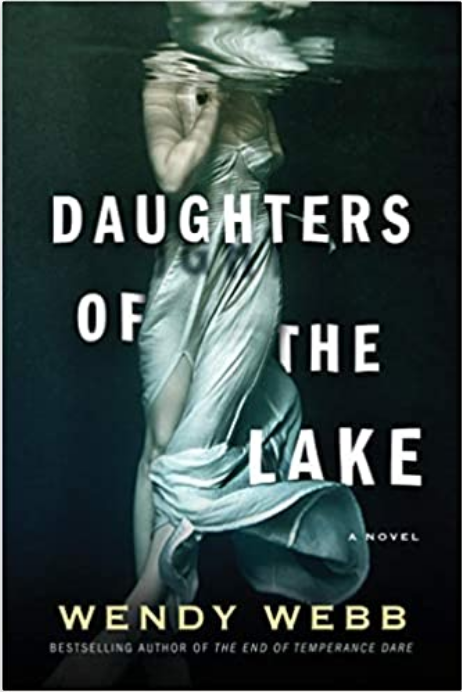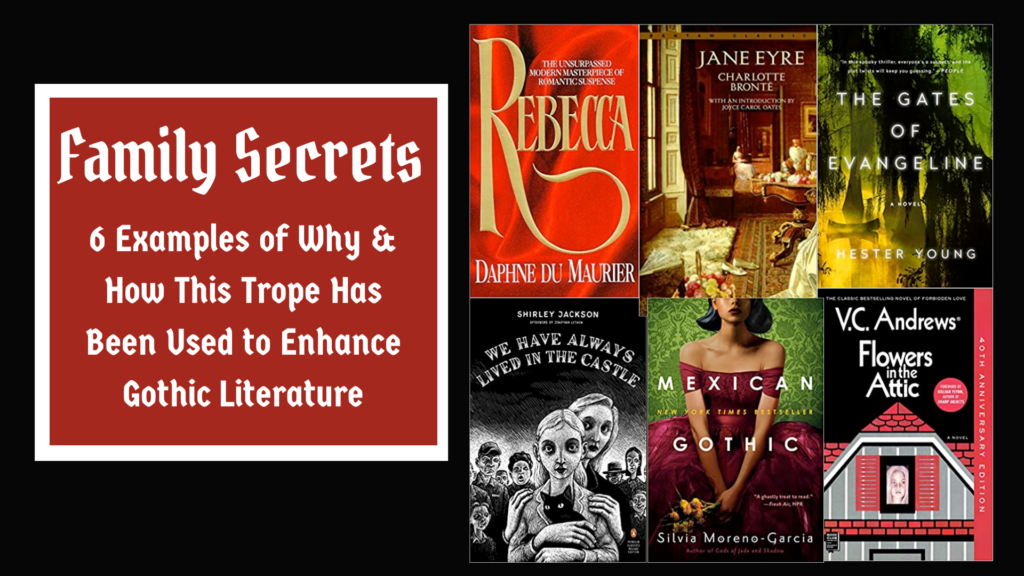A Review of Wendy Webb’s Daughters of the Lake

I haven’t done a book review in awhile and this one’s a perfect fit. It’s a winter Gothic tale set on Lake Superior in the upper Midwestern area of the U.S. I grew up in Michigan and had it in my queue to check out Wendy Webb’s writing. She’s a contemporary Gothic writer, who’s carving out a niche for herself with stories set in the Midwest. I have another of her books—The Haunting of Brynn Wilder—on my to-read list. However, I picked up Daughters of the Lake first, so we’ll use that one to explore her approach to the Midwestern Gothic genre.
Spoiler Free! Proceed without concern.
Synopsis
Webb tells the story in two parallel time periods. In the present day, it follows the story of Kate Granger who’s in the middle of a divorce. She has just returned home for the rest and emotional recovery that she so desperately needs. Instead, she stumbles upon the body of a woman that has washed up on the shore of Lake Superior. The problem is Kate recognizes her from her recent dreams. When she discovers that the woman lived more than a hundred years ago, Kate sets out to unravel the mystery of this poor woman’s death.
Simultaneously, the story follows Addie Cassatt, the young woman who met an untimely end in the lake’s embrace. As Kate uncovers Addie’s life, her connections and who might have wanted her dead, we see the alternate version: the first-hand story through Addie’s eyes.
Elements
This book falls under the Gothic Historical Mystery category. It has a bit of a lot of things in it. On the surface, it’s a mystery: who was Addie and why did she die? It has a great sense of time and place. I particularly enjoyed reading about a place—the upper Midwest—that doesn’t often make it to the literary page.
There’s also an element of romance. As Kate seeks to understand Addie’s fate, she frequently collaborates with the local police detective, Nick Stone. It isn’t surprising that the two of them find enough common ground to begin dating.
There’s also an element of dark family secrets. I wrote an article about how important family secrets are to the Gothic genre and how they tie into Gothic themes. Check it out here:
How to Use Family Secrets to Enhance Theme

In Daughters of the Lake, Kate discovers that her ancestors who built the house to which she retreats and out of which her cousin Simon runs a bed and breakfast, were close friends with Addie. They’re part of Addie’s story and, as Kate will discover, part of her own in greater ways than she can imagine.
And lastly, Kate reads an old story about a French Canadian fur trapper whose daughter, Genevieve marries the the spirit of the lake. And that’s where the Gothic element enters the story and pulls it all together.
Theme
The book is an exploration of the draw that many of us feel towards something like a place such as, in this case, Lake Superior. Kate and Addie (and Genevieve in the story within a story) have a special relationship with the lake. They feel soothed in its presence, immune to its storms and even its often frigid temperature. Webb presents this as if the two women have an ancestral tie to the lake. As if they are the offspring of Genevieve and the spirit of the lake. When they approach the shore or enter the water, the spirit recognizes and shields them. They find solace and refuge rather than the tempestuous depths that others experience.
I could easily make the case that this is Gothic. It’s the type of irrational theme that most of us understand. How many of us can relate to this in one context or another—a place, be it a historical sight such as Machu Picchu, a geographical feature like old growth forests, or a certain time period as in the case of the ancient temples of Angkor Wat that acts like a siren call? It’s as if something within us recognizes and relates to that place or element in a way that’s more like memory than merely respect or a strong interest.
That’s the sort of connection that most of us understand to be true and yet none of us can explain. It transcends science and reason. That’s a Gothic theme.
Tropes
The dominant and only true trope in this story is Kate’s dreams. If you’ll recall from my explanation of the genre, to have a Gothic story, you have to have a Gothic theme (check) and the author needs to use Gothic tropes to make that intangible theme visible to the reader.
[For a reminder of the genre’s underpinnings, check out this article: What is Gothic Literature?]
Those tropes can be things like dark and stormy weather, madness, isolation, family secrets or beings such as vampires and ghosts (among others). However rather than being merely atmospheric or sensational props, these act in such a way that they make the theme more accessible to readers.
Kate’s dreams accomplish this in a sense and I love the parallel story telling that Webb uses. But that’s the most significant thing that would have made the book stronger: if she had incorporated another trope (or two) that tied into the theme more tightly. For instance, I would have worked with the spirit of the lake and found a way to bring him to life as a supernatural character.
Conclusion
I will admit that I knew who the murderer was relatively early (halfway, I think?) in the story, but I have a history of doing that. And I also write historical Gothic mysteries, so my mind tends to pick up all of the tells that other readers might miss.
Regardless, this was an enjoyable story and it’s worth checking out. I’d give it a solid 3.5 stars. Let me know what you enjoyed about it!
If you enjoyed this post, share it with your friends!